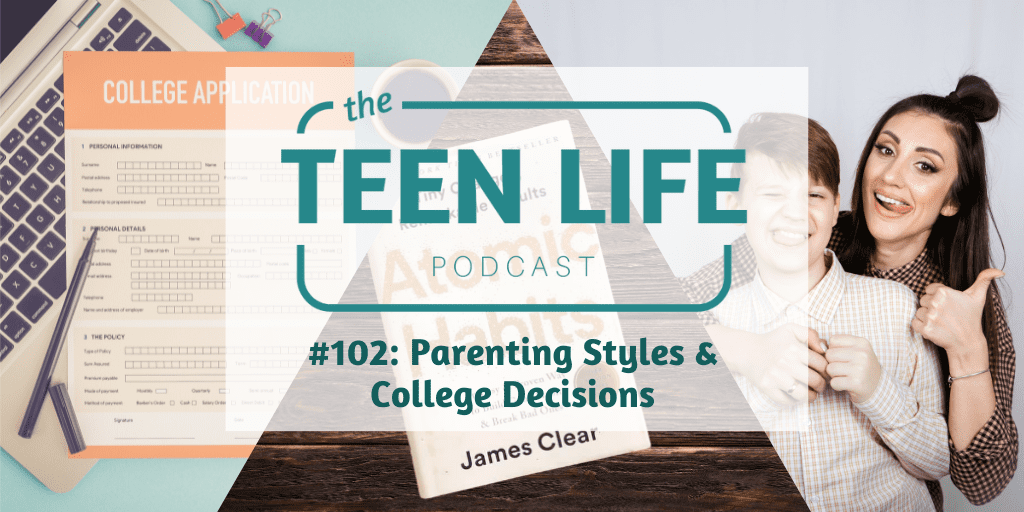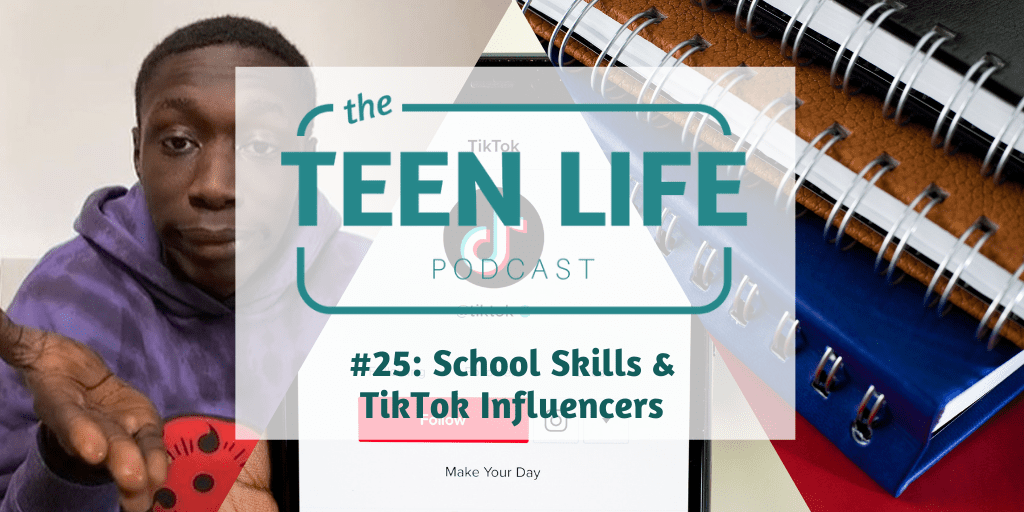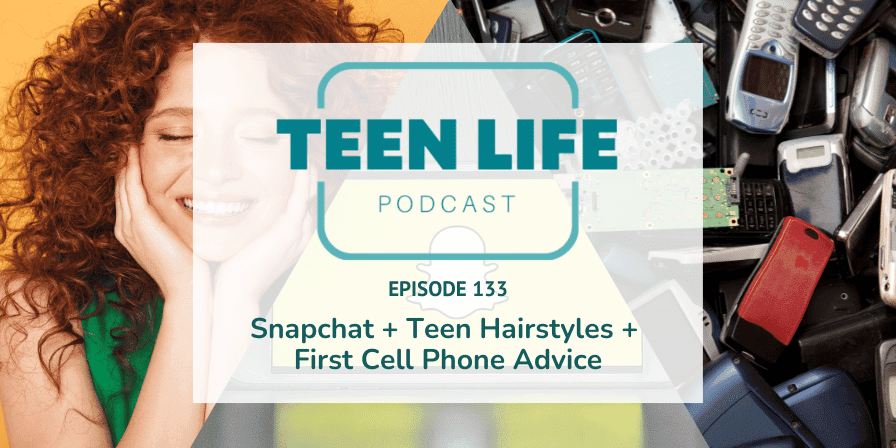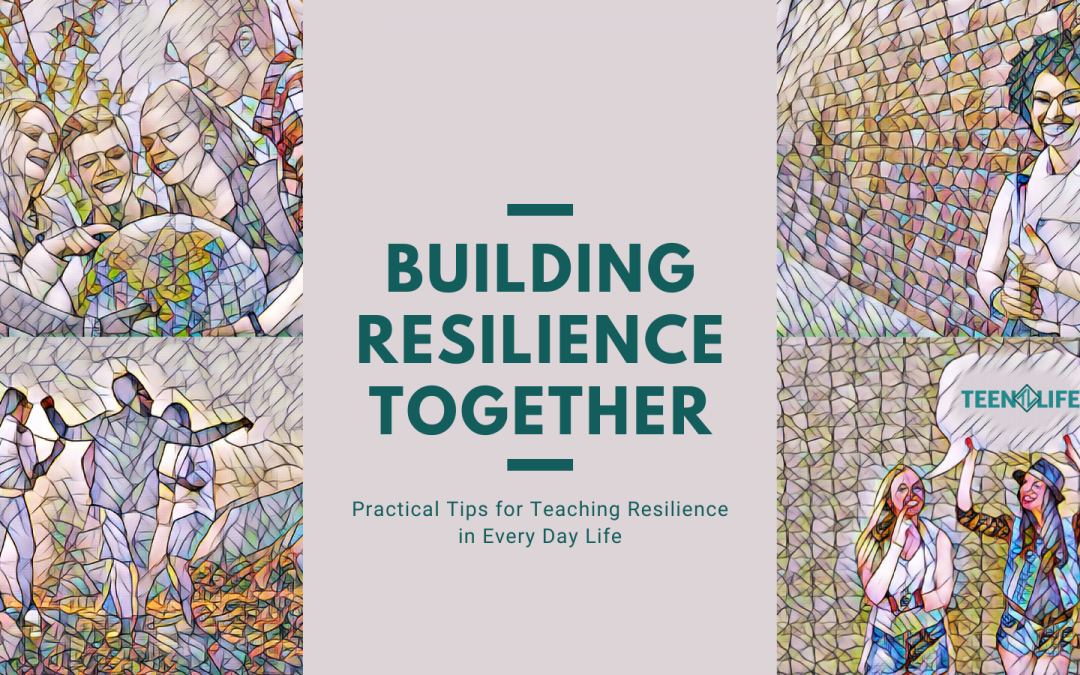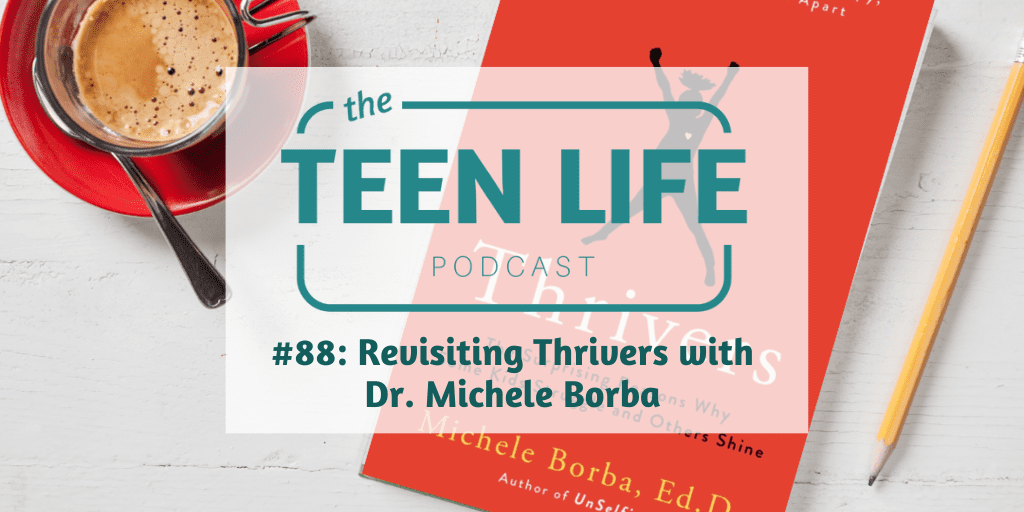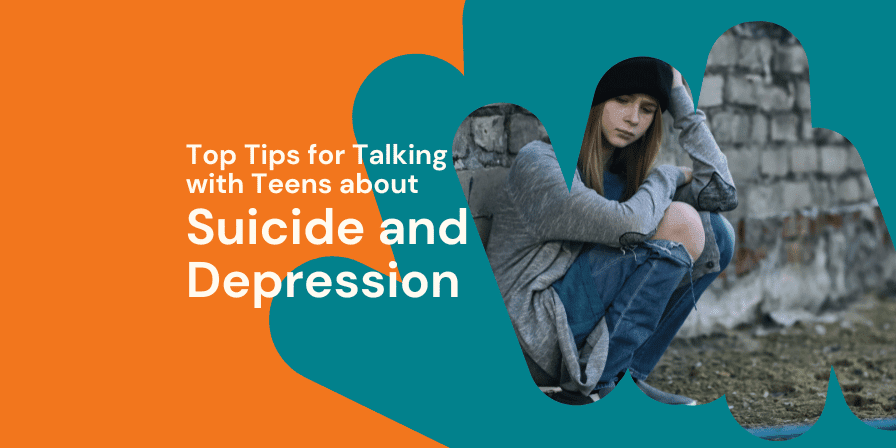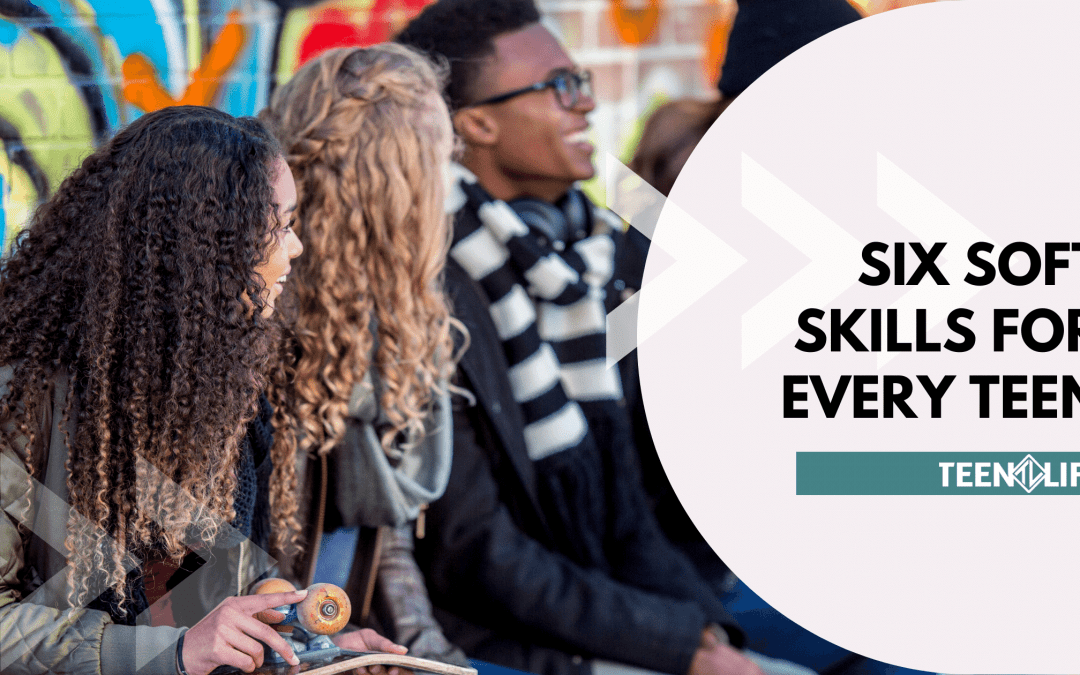
6 Soft Skills for Every Teen
As the school year revs its engine, it’s easy to get caught up in the hard skills that students need to succeed academically, like STEAM and language skills. But especially after two years of quarantines and unorthodox school routines, it’s also important to hone in on soft skills that will help teens succeed socially.
What are soft skills?
Hard skills are measurable skills related to a specific task. Your ability to use a certain kind of software or diagnose a disease are hard skills. They will get you a job.
Soft skills are a group of abilities that allow a person to be more productive in every aspect of their lives: skills like empathy, self-control, and grit. Soft skills will get you promoted.
Just like academic skills, soft skills, especially social ones, build on themselves over time. Don’t try to cram them all into one conversation. But look for opportunities to model and teach good habits like these that will point your teenager toward long-term success in school, in business, and in life.
Here are 6 lessons that every student can benefit from.
- A handshake and a smile go a long way.
I didn’t learn this until I went to college, where I was fortunately surrounded by others who had learned and showed me the way. I’m sure you’ve experienced this too, but I’m often surprised at how quickly a situation can go from awkward to fun when I offer my hand and introduce myself. - Limit the time you spend on people who bring more drama than joy to your life.
It’s not that things don’t happen or that you shouldn’t support your friends. But if you find yourself constantly trying to figure out why your friend is mad at you or how you can make reparations, reconsider the amount of time you have to dedicate to that friend. - “You don’t make friends. You find friends.” Dr. Lisa Damour
This one is two-fold. If you are busy finding friends, you don’t have as much time to worry about whether or not you’ll be left out. Also, find the people who inspire you. Hopefully, they will help you become your best version of yourself too. - Don’t be afraid to fail. It’s a valid step on the path to success.
As a recovering perfectionist, I fail at this regularly. However, I vividly remember a conversation with my dad during the college selection process, which rendered me a nervous wreck, where he told me it was ok to choose one and decide later it wasn’t for me. I can’t tell you how much better that made me feel. Sometimes we all need a reminder. - Ask for help when you need it.
More people are willing to help you than you think; everyone needs help sometimes! When we learn to ask for help, we build relationships and emotional support, too. It even makes it easier for others to ask for help when they see it modeled for them. It’s a win-win-win. - Make eating healthy and sleep priorities. There’s no substitute for good health.
There are countless studies on this one. Lack of sleep hinders your ability to make good choices, remember things, drive a car, and so much more. You cannot replace sleep with caffeine, good hydration, exercise, or pills. There is no substitute.
Of course, there are many other soft skills that we hope your teen is learning! Time management, healthy screen habits, and managing emotions are a few that come to mind.
Be sure to tell us in the comments which soft skills you have benefitted the most from! Which ones are you teaching your teenagers?

Kelly Fann
Digital Media Manager
Kelly Fann | Digital Media Manager
Kelly has a desire to empower young people to grow into the best version of themselves. Using her background in branding and word-smithing, she is a master at highlighting resources that help teens learn skills that will enable them to grow and to adapt, to enjoy life and to be better citizens. Kelly has a MA in Linguistics from North Texas University.
